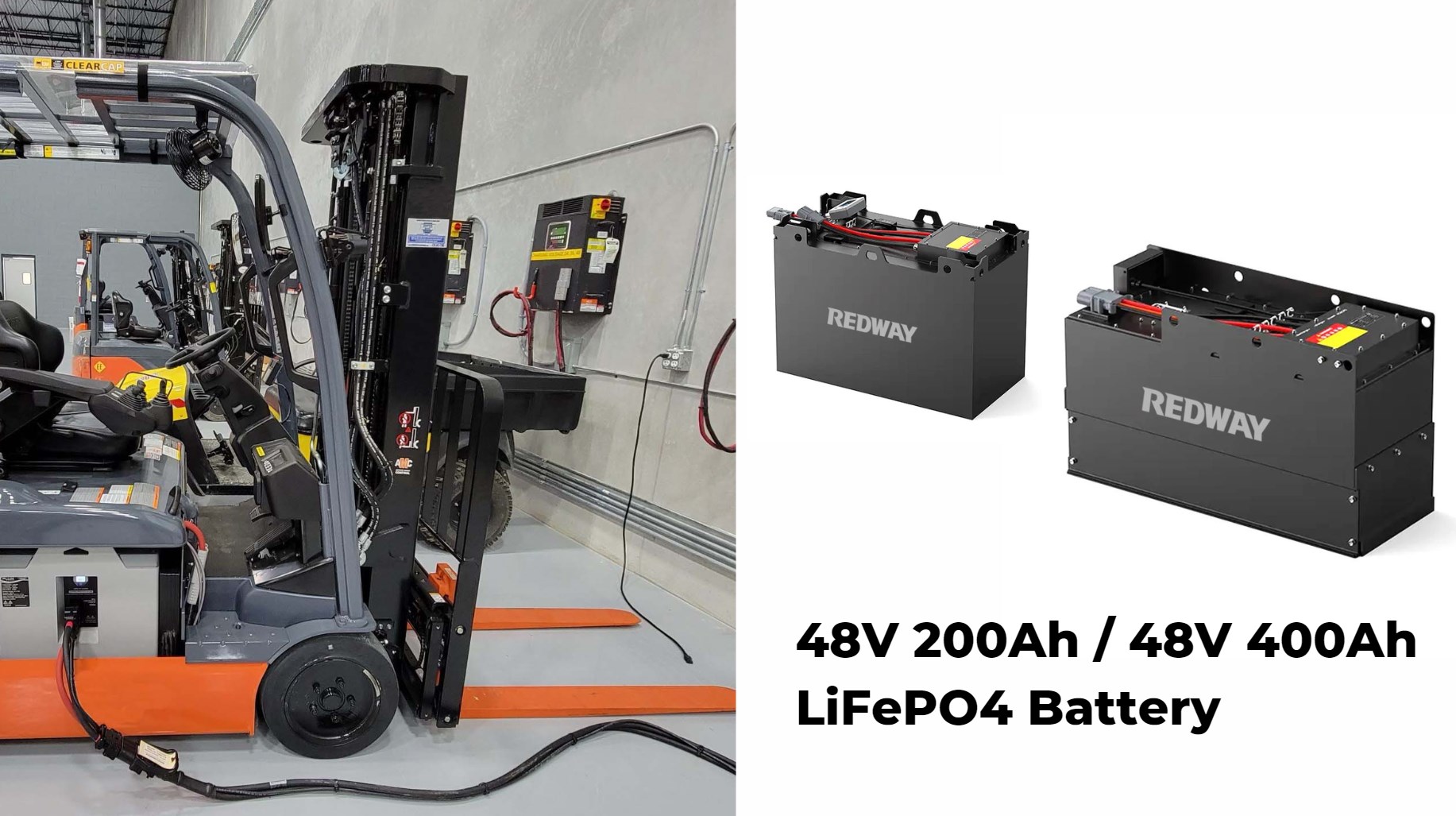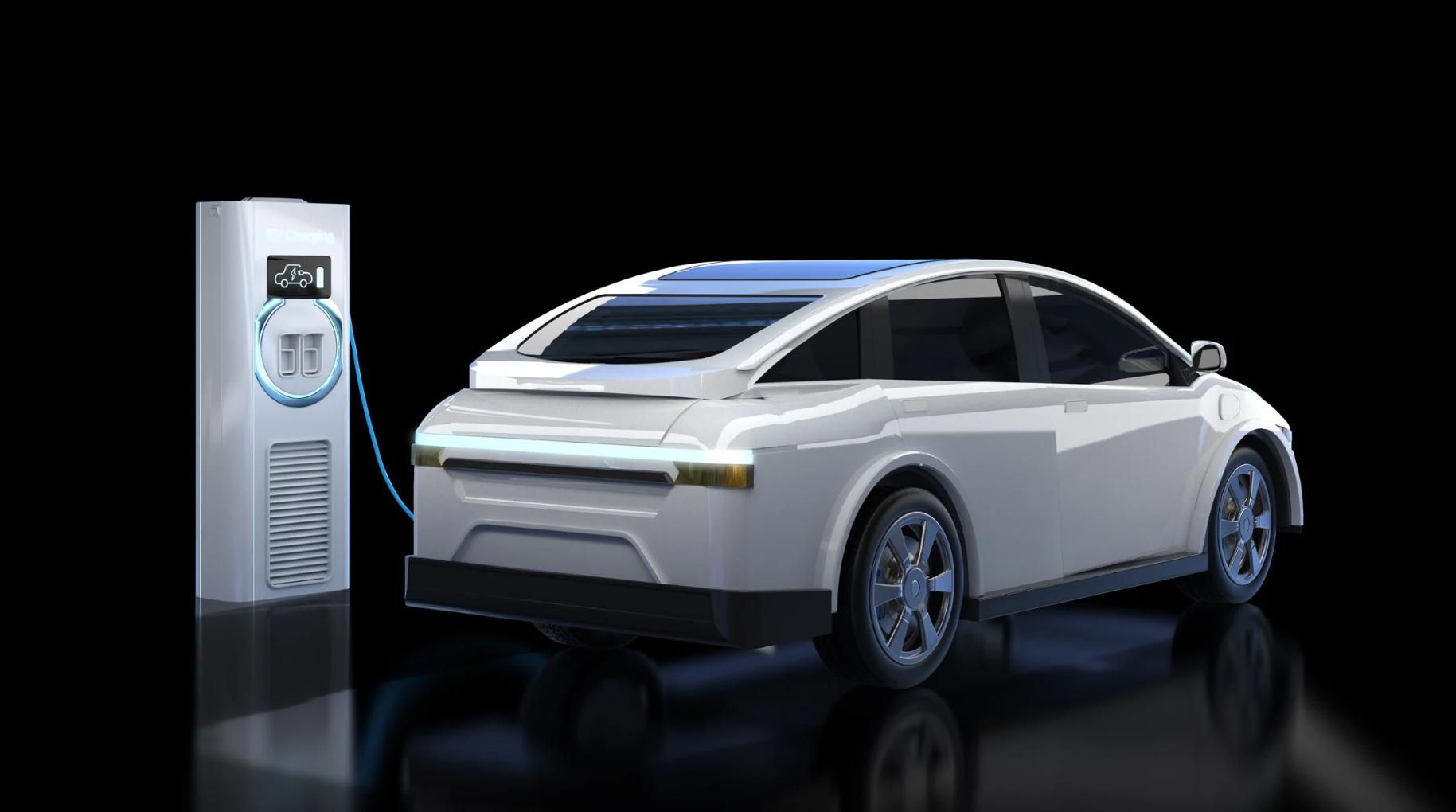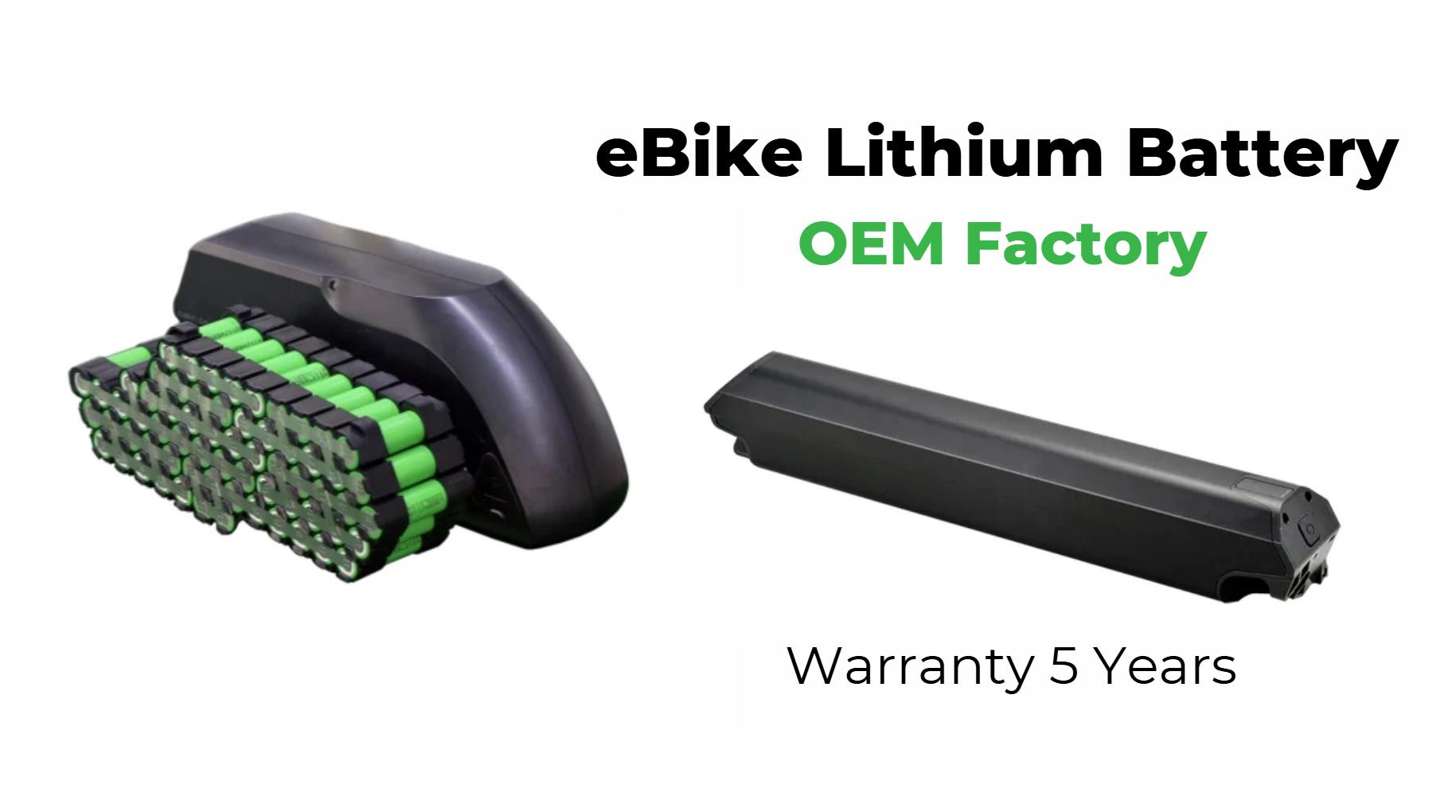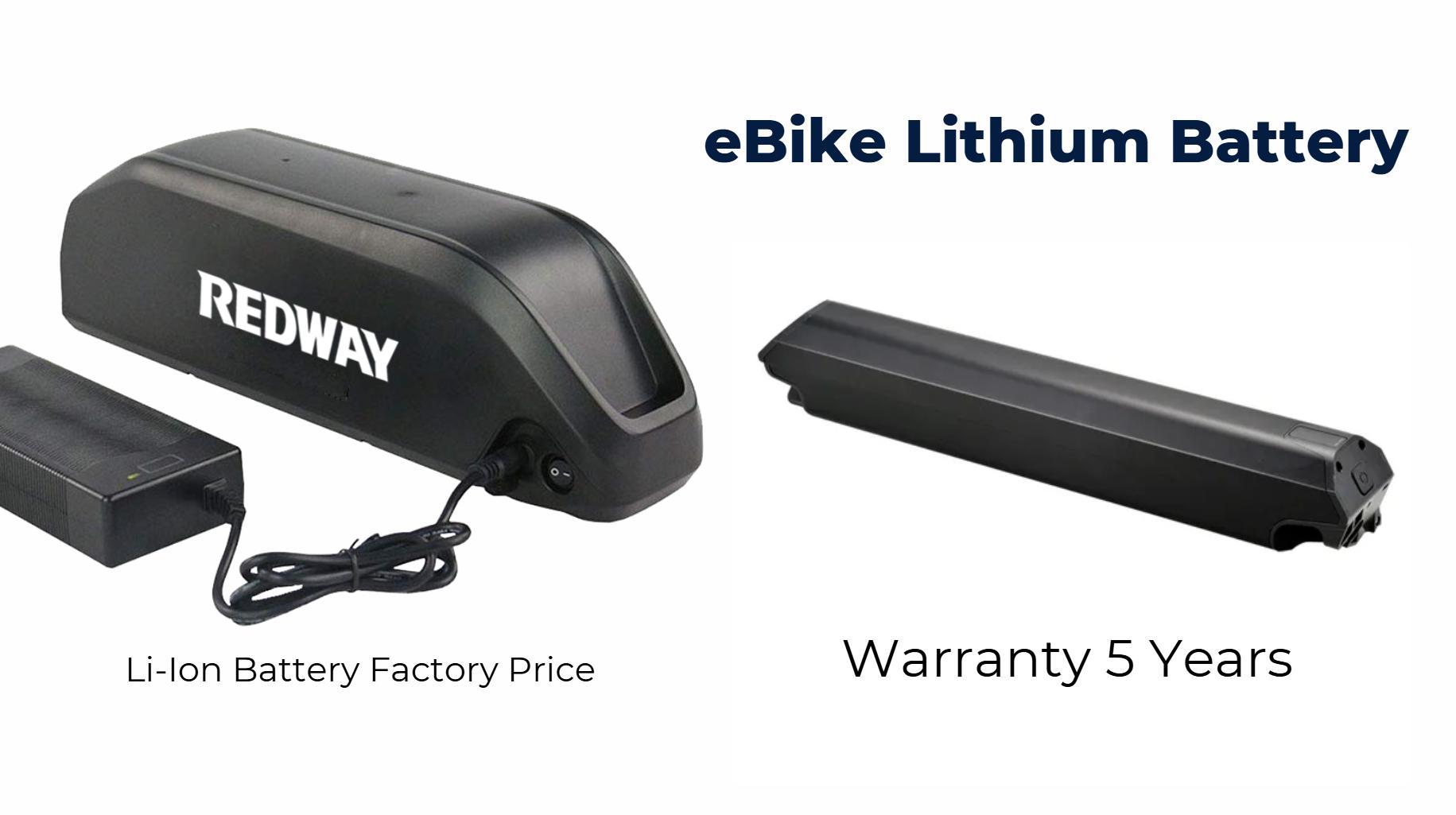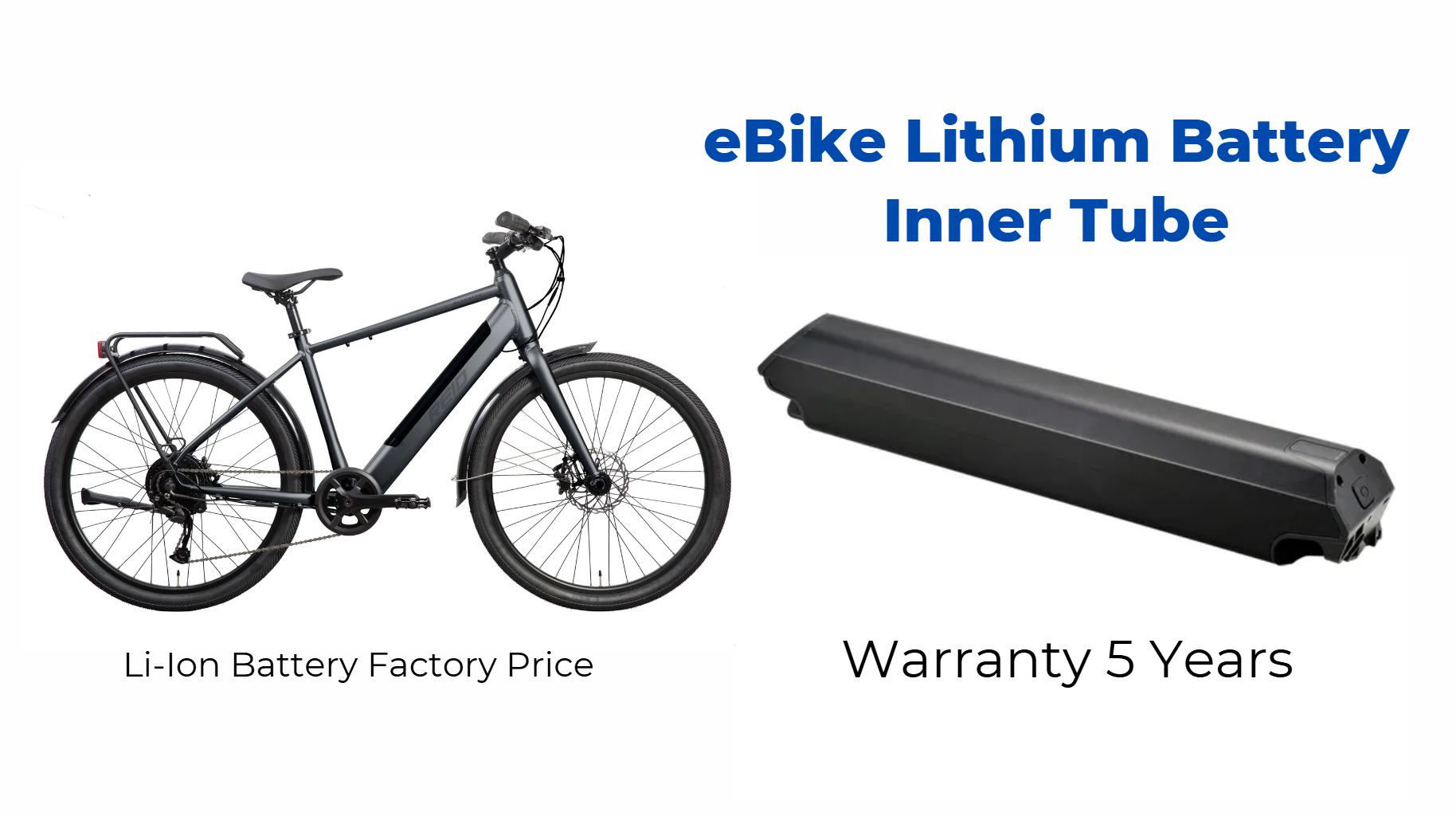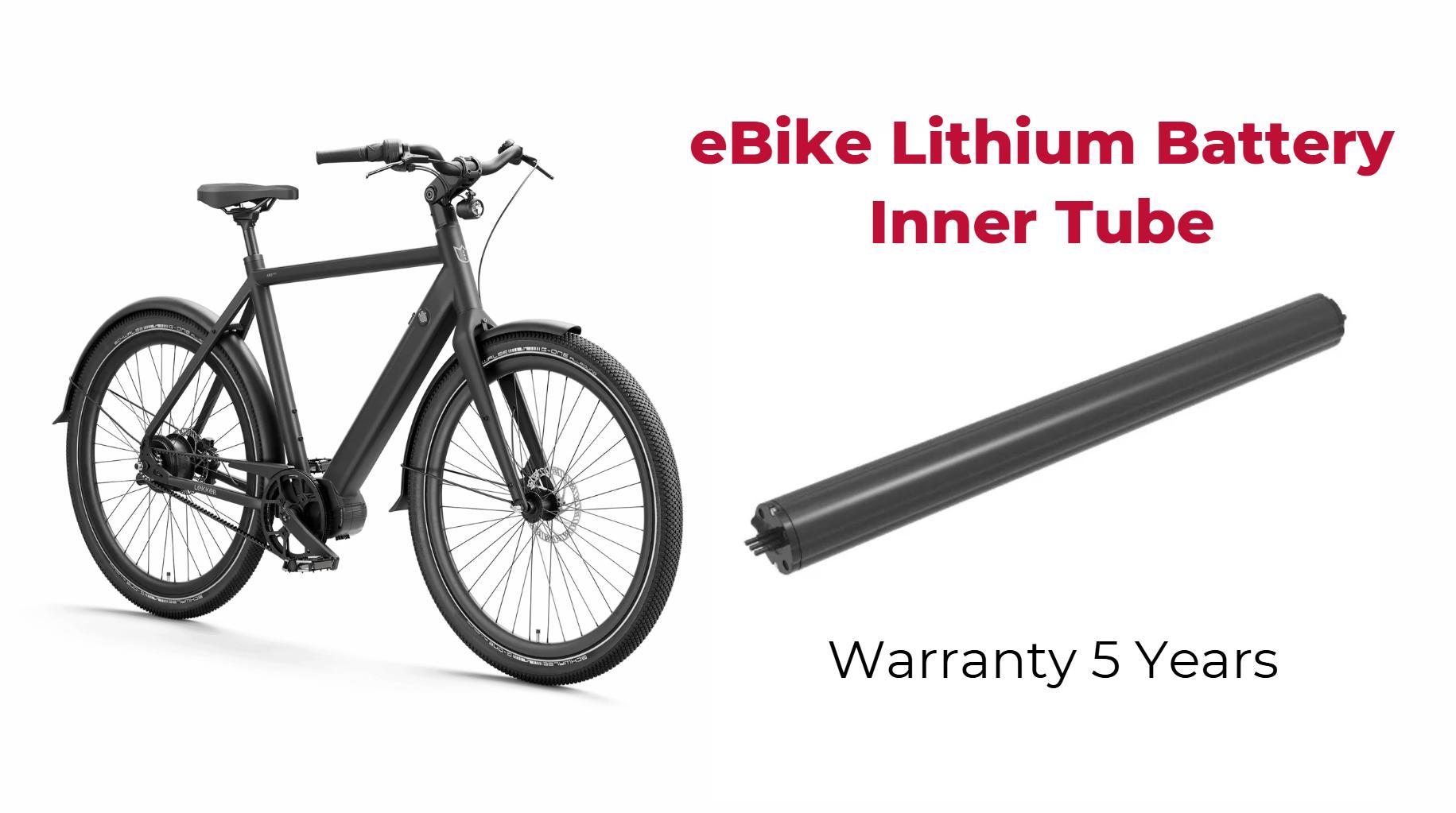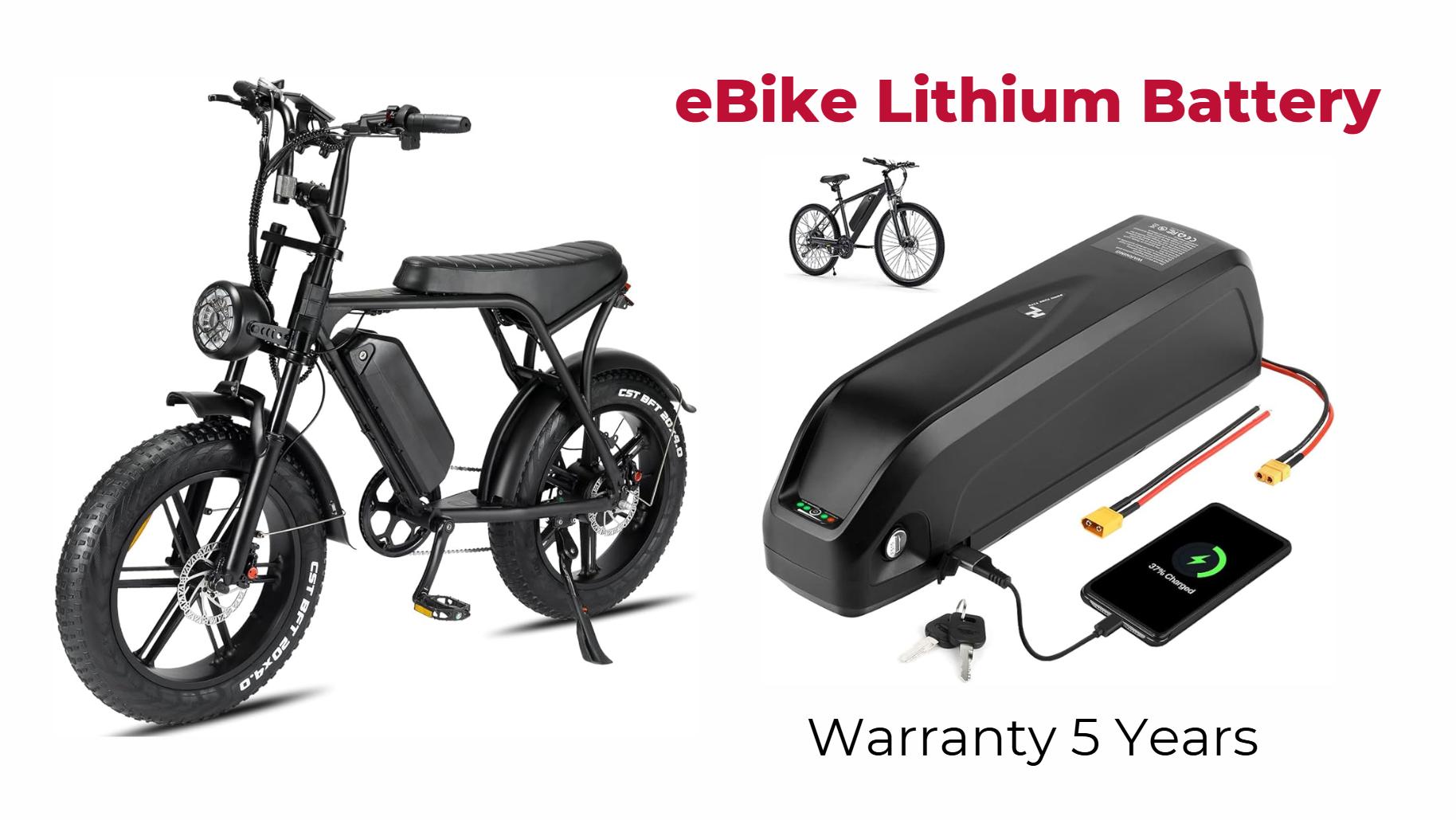The Advantages of Lithium-Ion Golf Cart Batteries: A Comprehensive Guide
In recent years, the adoption of lithium-ion batteries in golf carts has transformed the way these vehicles operate. At Redway Battery, we specialize in Lithium LiFePO4 batteries, known for their exceptional safety and performance characteristics. This article explores the numerous benefits of lithium-ion golf cart batteries, emphasizing their superiority over traditional lead-acid options.
Lithium-ion golf cart batteries provide many benefits such as longer lifespan (over 10 years), faster charging times, and lighter weight. They also deliver consistent performance with low maintenance needs, making them an excellent choice for golf carts.
Safety and Reliability of LFP Chemistry
Lithium Iron Phosphate (LFP) chemistry stands out for its unmatched safety features. LFP batteries are inherently stable and have a low risk of thermal runaway, making them significantly safer than other lithium-ion chemistries, such as Nickel Manganese Cobalt (NMC). This stability minimizes the risks of overcharging and overheating, ensuring reliable performance in various conditions. For golf cart owners, safety is paramount, and LFP batteries deliver peace of mind while enhancing overall performance.
Advantages Over Lead-Acid Batteries
The transition from traditional lead-acid batteries to lithium-ion solutions offers several notable advantages:
- Longer Lifespan: Lithium-ion batteries can endure significantly more charge-discharge cycles without notable capacity loss. This durability translates to a lifespan that is several times longer than that of lead-acid batteries, providing excellent long-term value.
- Higher Energy Density: Lithium batteries possess a higher energy density, resulting in a lighter weight and more compact size for the same energy capacity. This advantage not only enhances the efficiency of the golf cart but also improves handling and maneuverability on the course.
- Faster Charging Times: With charging times typically ranging from 1 to 3 hours, lithium-ion batteries allow for opportunity charging during breaks. This capability maximizes the cart’s operational uptime, making them ideal for busy golf courses.
Easy Replacement for Lead-Acid Batteries
One of the most compelling features of lithium-ion golf cart battery kits is their plug-and-play design. These batteries are engineered as direct replacements for lead-acid batteries, ensuring a seamless transition. Golf cart owners can easily upgrade their power systems without the need for complex modifications, making lithium-ion an accessible choice for many users.
Improved Performance
The performance enhancements provided by lithium-ion batteries are substantial. Compared to lead-acid options, lithium batteries offer:
- Enhanced Mileage and Acceleration: The superior power output of lithium-ion batteries results in better acceleration and longer driving ranges. Golfers can enjoy a more responsive driving experience, which is especially beneficial during tournaments or busy days on the course.
U.S.-Based Support and LED Charge Indicator
Quality customer support is crucial for any battery system, and many lithium-ion battery suppliers, including Redway Battery, offer U.S.-based support. This ensures that users can quickly address any issues or inquiries. Additionally, some lithium-ion batteries feature an LED charge indicator, providing users with a visual representation of the battery’s state of charge. This feature aids in optimizing usage and charging patterns, ensuring that the battery is always ready for action.
Powerful 48V Alternative
For those considering an upgrade, 48V lithium-ion golf cart batteries present a powerful alternative to traditional 36V lead-acid batteries. These advanced batteries deliver increased performance and efficiency while maintaining compatibility with existing golf cart models. This compatibility allows for enhanced capabilities without requiring extensive modifications.
The Bottom Line: Why Choose Lithium-Ion Golf Cart Batteries?
In summary, the shift to lithium-ion golf cart batteries represents a significant advancement in battery technology. The combination of safety, reliability, and performance makes these batteries an attractive choice for golf cart owners looking to upgrade from lead-acid options. At Redway Battery, we are committed to providing top-quality lithium solutions tailored to our clients’ needs.
For those interested in enhancing their golf cart’s performance and longevity, our custom Lithium LiFePO4 batteries offer an ideal solution. Contact us today for a quick quote and discover how our batteries can revolutionize your golfing experience.
Latest News
- Comprehensive Guides Released:** New resources highlight key advantages associated specifically with Lithium-Ion golf cart battery technologies including longer lifespan & reduced maintenance requirements!
- User Testimonials Shared:** Many golfers express satisfaction regarding increased performance levels after upgrading from traditional lead-acid setups!
- Market Trends Noted:** Growing interest among consumers seeking reliable power sources has led manufacturers towards focusing more heavily upon developing high-quality lithium-ion products!
Redway Expert Comment
“Lithium-Ion golf cart batteries offer numerous advantages including extended lifespans coupled alongside minimal maintenance requirements compared against traditional lead-acid setups! Users frequently notice marked improvements regarding overall performance levels post-upgrade; this trend reflects broader shifts within consumer preferences towards reliable power sources! As an expert—I wholeheartedly endorse considering these advanced technologies when evaluating battery options!”


